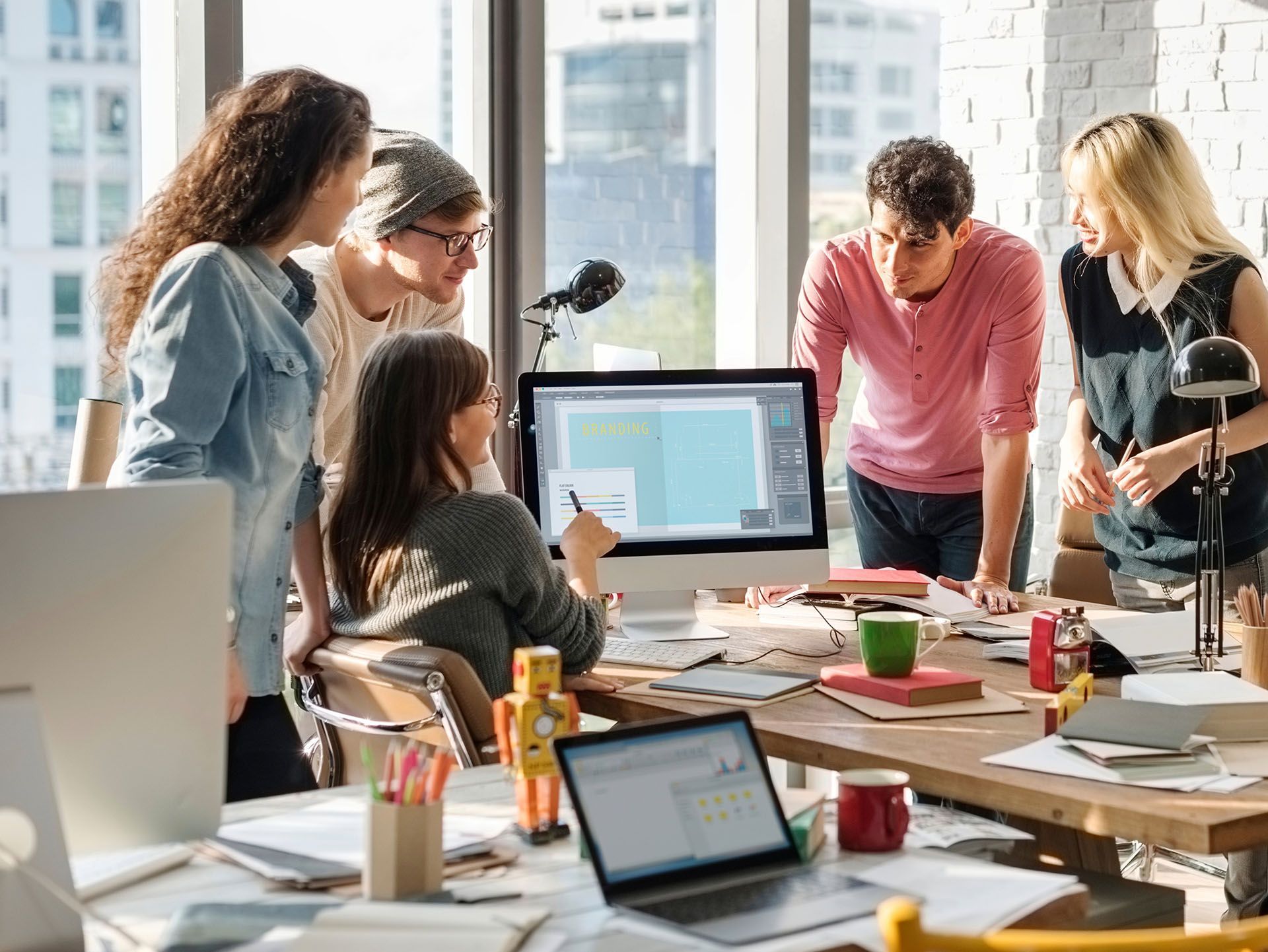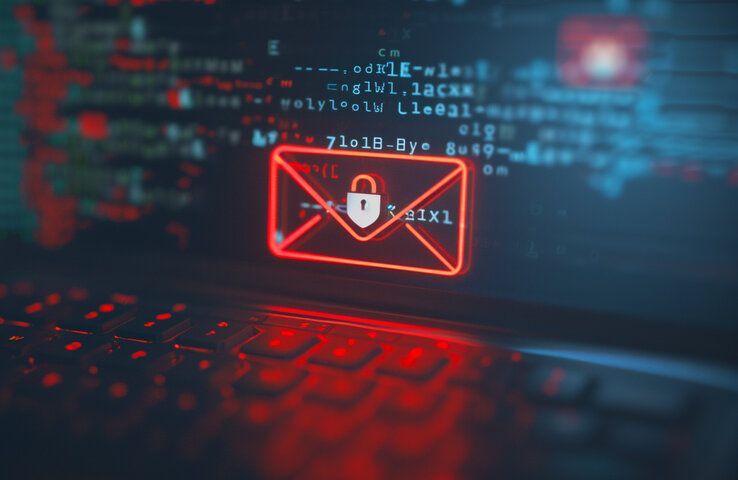Crown Street, Wollongong, 2500
Shipping
Shipping cost is a crucial setting for online retailers. After selling an item, you coordinate its shipment to the customer. You can stroll to a nearby post office, engage a courier, or rely on a shipping company to deliver your products. This operation requires a payment sufficient to cover the cost of sending the products. Therefore, you can choose to charge your customers for delivery in addition to the price of the main product.
The store can be of great assistance in negotiating the shipping fees for your products since it has all the required tools. Using the Store, you can quickly collect information from your clients on their preferred delivery method and set a cost for shipment. The Store permits the configuration of various shipping methods and charges, such as per product/per order/flat fee, etc., as well as shipping rate services from major carrier companies.
The store provides the following primary shipping methods:
- Shipping rates are calculated in real-time by the carrier.
- If you want companies like UPS, USPS, Australia Post, etc. to figure out the shipping rates for your store, this is the best option for you.
- You can set your own rates for shipping:
- Fixed Flat Rate
- Custom table: Different combinations of your own rates based on the customer's location, the order subtotal, and the weight of the products.
- Shipping freight for each product.
Go to the Store Control Panel, click
Shipping & Pickup, and click
+Add Shipping Method to add shipping methods.
How do I set up shipping?
A transportation method has three primary configurations:
- Destination zone. To which place (country, state/county/region, city, zip code) will your products be delivered?
- Shipping method (carrier). How you will transport the merchandise (e.g. by mail, delivery guy, services provided from UPS, FedEx, etc, or it could be a local pickup).
- Shipping rate. How much your clients will be charged for shipping.
You should initially set destination zones and provide the location from which you will ship products.
- Select Shipping & Pickup from inside the Store Control Panel.
- Select Set up Origin Address.
After that, you can add relevant shipping methods to the
Shipping & Pickup section of the Store Control Panel.
Carrier-Calculated Shipping Methods
Some shipping companies give online store owners their own shipping rates that they can use. If you want the delivery company to send you rates automatically, this is the best way to do it. When a customer places an order, Store will send the order information to, say, FedEx, which will then send back the shipping rates. The rates are calculated behind the scenes, so the customer won't notice anything. When the customer enters the shipping address, the delivery company's shipping methods and rates are shown right away.
Carrier-calculated is a term for these kinds of methods. The following companies can give you rates that are calculated by the carrier:
- UPS
- USPS
- FedEx
- Australia Post
- Canada Post
- Brasil Correios
- Egypt Post
- Post
- Saudi Post
Parcel Dimensions
These companies have their own rates, which are based on the zone of the destination, the address of the sender, the weight of the goods, and the size of the package (length, width, height). If you can control the first three, the size of the package is set by the shipping company, unless the merchant store gives you the size.
You can also choose the size of your parcels.
To set the sizes of parcels for each carrier-calculated method:
- Click Shipping & Pickup in the Store Control Panel.
- When you edit or make a carrier-calculated shipping method, you choose a company, click Account Details, and then click Advanced Settings to send the parameters.
These sizes will be sent to the shipping company along with all the order information. This feature will be helpful, for example, if you ship your products in parcels of specific or nonstandard sizes. By telling them how big your package is, you'll get more accurate shipping rates.
Flat Rate
Consider using Flat rate if you want to create a single shipping fee that will be charged equally to all customers regardless of order weight or subtotal.
This rate type lets you set one fixed shipping charge (or a fixed percent rate) for all your orders, as well as several different fixed charges (or percent rates) based on the customer's destination zone.
When you make a new shipping method in the Store Control Panel >
Shipping & Pickup, you can choose
Flat rate type and choose whether it will be a percent or a flat amount.
Free Shipping
You can absorb the cost of shipping entirely and provide free shipment to all destinations or specific zones. Free delivery is often offered to customers from the same zone as yours.
So, if you ship your goods to different states or countries and want to offer free shipping to one state or country, you can create a separate shipping method for this zone and set the shipping cost to zero using the Flat rate shipping type.
If you only want to offer free shipping on some products, you can use a different shipping type called Shipping Freight per Product describeed below.
Rates Based on Weight or Subtotal
The best thing to do is charge your customers what it really costs your business to ship. You can use the services of the carrier companies or use the Custom table calculation type to figure out how much it will cost to ship your products and set your own shipping rates.
Shipping rates can be set up in the Store based on weight or order subtotal (the amount the customer is ordering).
Choose the calculation type when you add a shipping method.
Some ways to use it:
- How much it costs to ship your products depends on how much they weigh. The cost of delivery will go up the more the package weighs.
- Shipping costs must be worked out per product or per gram, kilogram, or pound.
- The less a customer has to pay for a delivery, the more they buy.
Shipping Freight per Product
Each product's shipping costs can be set up separately. See the Tax & Shipping tab under Catalog > Products > Product Page > Product.
Shipping freight can be set up in four different ways in the Store:
- Use Global Settings. The shipping cost for this product is figured out by the rules set up on the Shipping & Pickup page of the Store Control Panel. This option is turned on by default for all products.
- Free shipping. Always, the product will ship for free. The Shipping & Pickup page's settings will not be used.
- Fixed-rate per product. The fixed amount you put in this field is how much this product will cost to ship. The Shipping & Pickup page's settings will not be used.
- Global + Fixed rate per product. The shipping cost for this product will be the sum of the individual fixed-rate and the shipping rate set in Settings > Shipping & Pickup.
When a product has a shipping freight set, the shipping methods for that product will come from the settings at Settings > Shipping & Pickup. This means that the customer will get the shipping methods that are right for his or her location (shipping address).
Shipping Setup for Downloadable Products
On the Product Page, you can choose to ship a product or not. All products come with it turned on by default. If you sell goods that don't need to be shipped, like software, documents, or online gift cards, you can easily turn off shipping for those goods by deactivating the shipping option. This product needs to be shipped. When a customer buys this product, shipping costs won't be added up at checkout.
- Click Catalogue followed by Products under the Store Control Panel.
- Click Edit Product next to a product that does not require a shipment.
- Click
Tax and Shipping and deactivate the toggle for
This Product Requires Shipping or Pickup.

Love My Online Marketing has 10+ Years of working alongside businesses and helping them grow. Discuss your options for online success from website Design and Development through to Google Marketing.
Do you want more traffic and business leads?
Love My Online Marketing is determined to make a business grow. Our only question is, will it be yours?
































